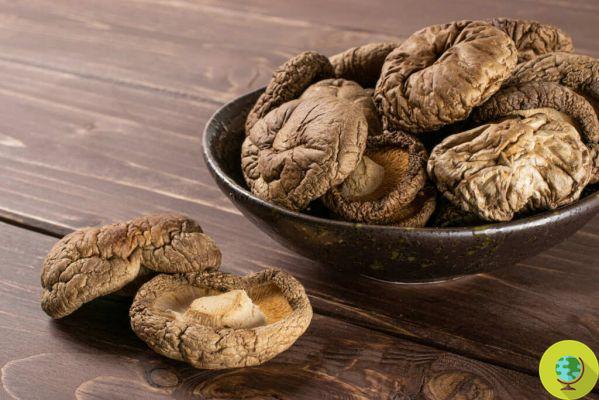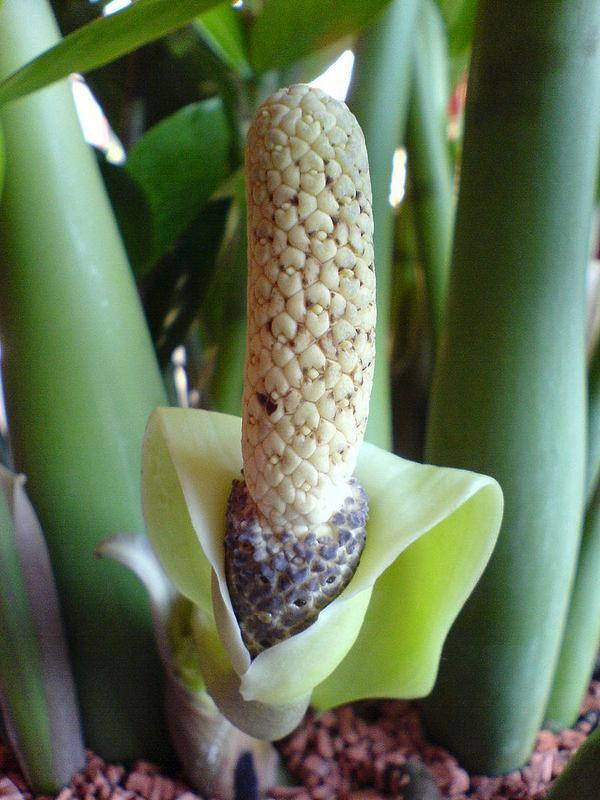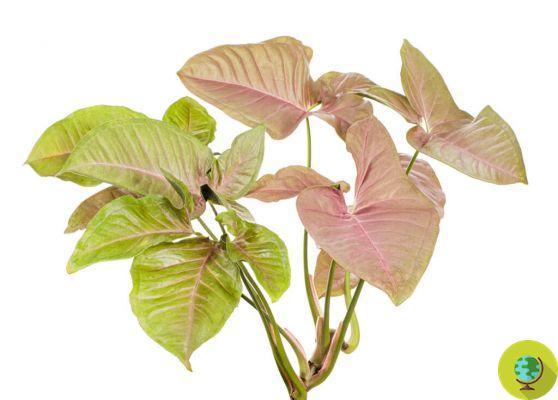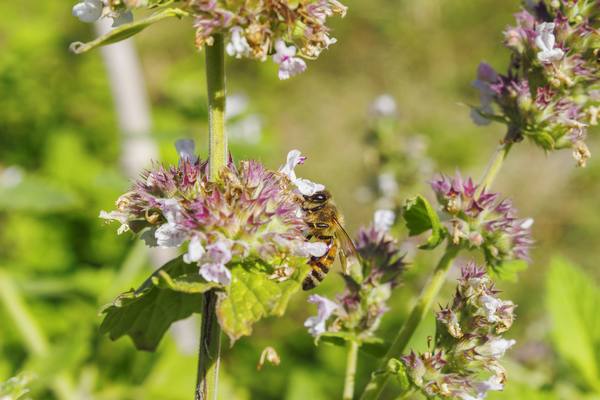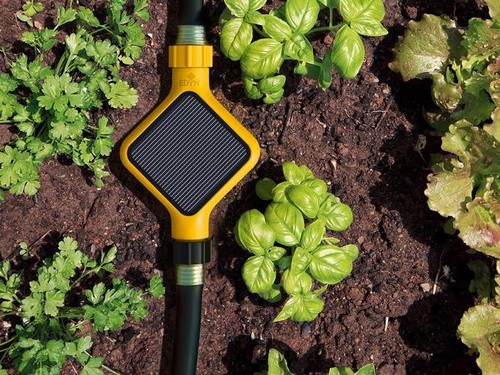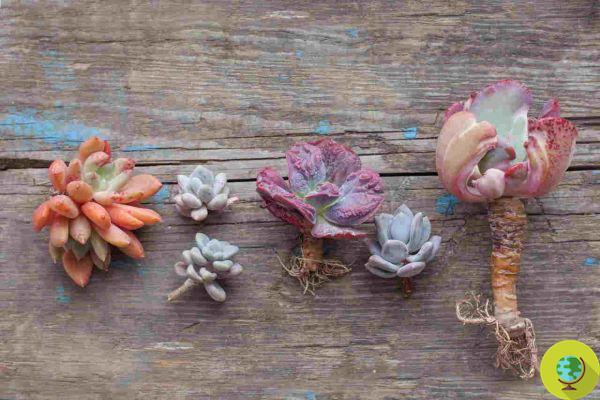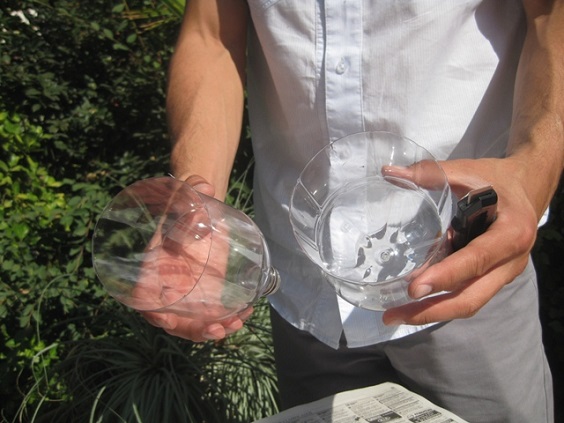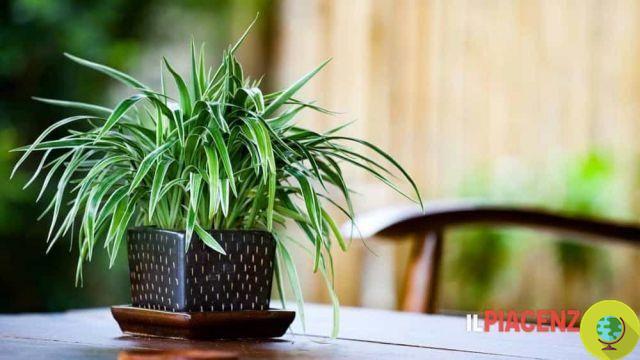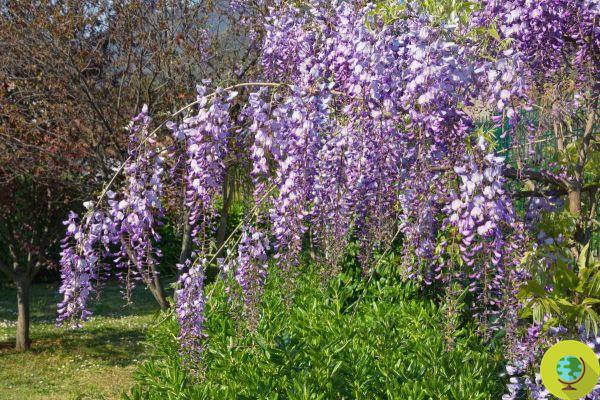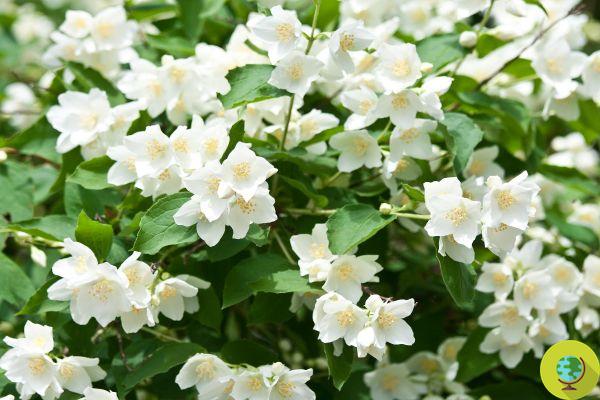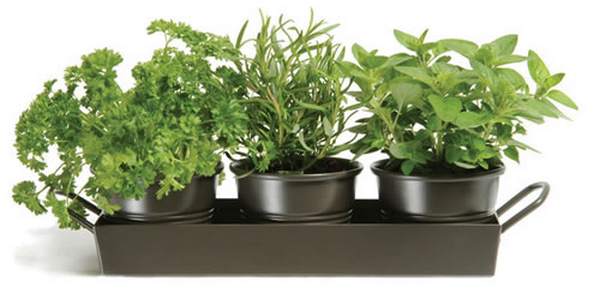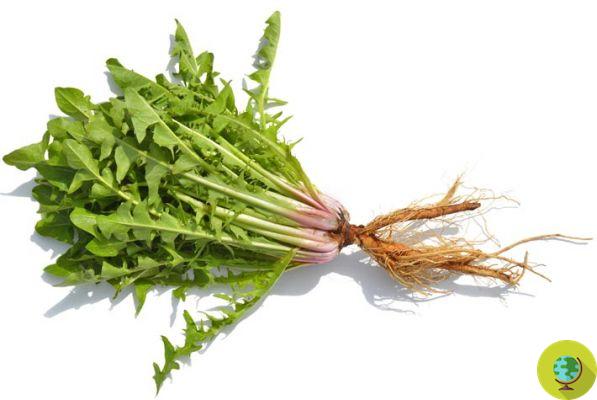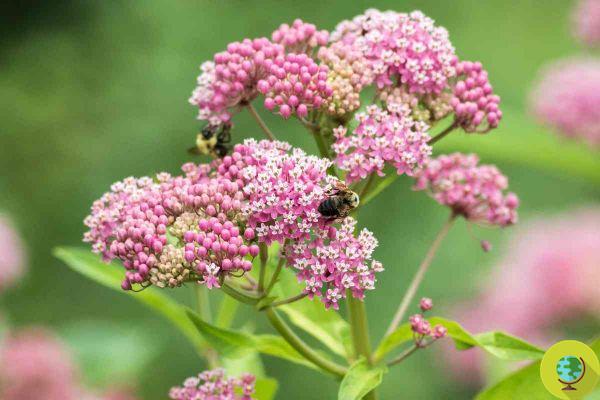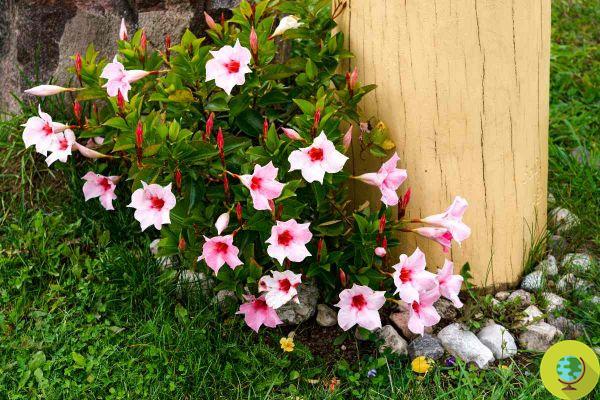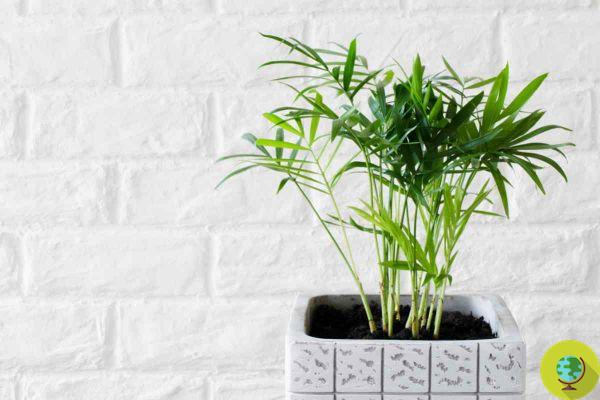How to care for and multiply the Christmas cactus, one of the most loved and given winter plants to make it last beyond the holidays
How to treat and multiply the Christmas cactus, one of the most loved and given winter plants to make it live luxuriantly even after the holidays
During the upcoming holidays it may happen that you receive a Christmas cactus. How you should take care of it so that it can resist without problems and keep you company for a long time with its incredibly beautiful and colorful flowers, able to illuminate any room.
First of all you will need to know that the Christmas cactus is a plant species native to Brazil, named botanically Schlumbergera and belonging to the family of Cactaceae which usually grows in tropical woods, also attached to trees, being a plant that prefers shade and humidity. For this reason, the internal environment of our houses in the winter period with the heaters on becomes an ideal climate to grow luxuriantly compared to other cacti originating in deserts that require little water and a lot of sun or heat.
Index
When does the Christmas cactus bloom?
The Cacraceae can present different flowering periods, but what characterizes the Christmas cactus is the fact that its flowers bloom just when the winter holiday period approaches and from here comes the name with which this spontaneous plant in Brazil and other areas of Latin America, but which was imported to Europe as a houseplant, it was nicknamed.
You can admire the Christmas cactus flowers between December and January. Their colors can range from pink to red and from purple to purplish redto. In order for the flower buds not to wilt before blooming, the Christmas cactus must be carefully kept al shelter from both drafts and heat sources. It must therefore not be positioned near a door that is often opened, nor too close to a fireplace, stove or radiator.
Where to place it
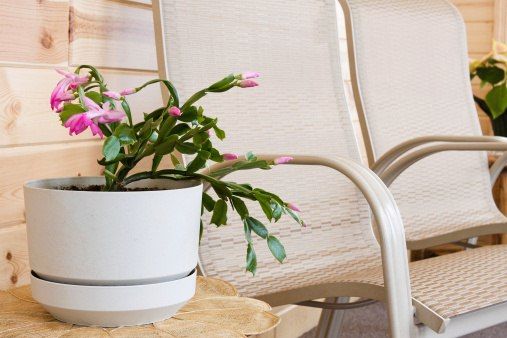
The ideal temperature for the Indoor Christmas cactus is 20 ° C. To prolong the flowering of the cactus in the winter period, it is necessary to place it in one bright room. Later, during the summer, the Christmas cactus can be placed outdoors, in a partially shaded position, so that theexcessive exposure to direct sun does not result in the burning of the leaves. In the fall, from the beginning of September, the plant can be moved into the house. The reduction of the normal hours of light of the day and of its exposure to the sun allows to delay the flowering until the Christmas period.
One of the ideal locations for storing the Christmas cactus in your home in December and January is the internal window silla, so that the flowers can enjoy the daylight to bloom during the winter.
The elevated position of the plant is essential in case you own them pets such as dogs or cats. The ingestion of some parts of the plant can cause diarrhea or vomiting in pets, it must therefore be positioned in such a way that it cannot be easily reached by the puppies of the house. In the event that any problems arise, you should contact your veterinarian immediately. (Read also: The most poisonous plants for cats and dogs you may have in your home or garden)
When to water your Christmas cactus?
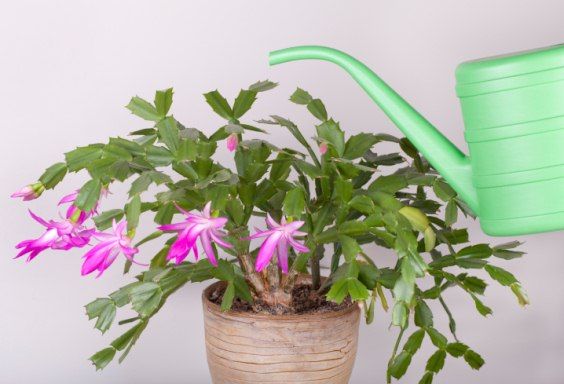
Il christmas cactus it is native to the South American tropical forests and for this reason it prefers a humid climate. Here then we must pay particular attention to his watering, both during the summer and in the winter. Especially in winter it will be necessary water regularly and little by little, avoiding the formation of stagnations in the saucer, but at the same time maintaining the always moist soil. In summer we proceed in the same way, with the possibility of also sprinkle a little water on the leaves using a nebulizer. The best summer time for Christmas cactus watering, which requires small amounts of water at a time, is in the evening. In particularly arid climates, try to keep it in a room with a small humidifier or several other plants.
Avoiding stagnation of water and resorting to regular but not too abundant watering is especially important during flowering. Excessive watering can cause root rot that can cause the death of the plant, which can also be caused bymushroom action, unfortunately not perceptible from the outside until the first damage appears. The flowering of the plant can sometimes extend from December to February. In any case, once the flowering has finished, the waterings can be reduced. Throughout the life of the plant, watering should only be done when the soil appears dry on the surface. It may be sufficient, in winter, to water only once or twice a week.
The Christmas cactus loves soils with an acidic pH and which possibly contain peat. It is optional to resort to using natural fertilizers during flowering to provide nourishment for the plant. Fertilization will have to be suspended when the flowers are no longer present. If you want to fertilize, it is best to do it in the spring and summer months when physiological growth is underway.
How to propagate and multiply your Christmas cactus
Propagation by cuttings
If you wish to propagate your cactus it is absolutely possible to do it indoors using the stems of the previous year dried a couple of days before planting them. In particular:
- Take a stem from the plant about 10 to 15 cm long
- Set the cut cuttings aside for at least 48 hours
- Once dried, you can plant it possibly in a soil with a sandy mix burying it at least 3 cm deep in the soil.
Propagation by manual pollination
Another way to reproduce your Christmas cactus if you have at least two plants with different colored flowers is to use manual pollination. In particular, you need to use a small brush to collect the pollen from one and put it on the other and wait for the plant to bear fruit. The latter will have small seeds that can be planted in the spring.
Lifespan
Christmas cactus seedlings can have a very long life, which can even reach 20 or 30 years, allowing plant care can be handed down from one generation to the next, an aspect that makes it an even more symbolic gift for Christmas. The original Christmas cacti are obtained from a cross between Schlumbergera truncata and Schlumbergera russelliana, first occurred 150 years ago.
Other winter and Christmas plants:





